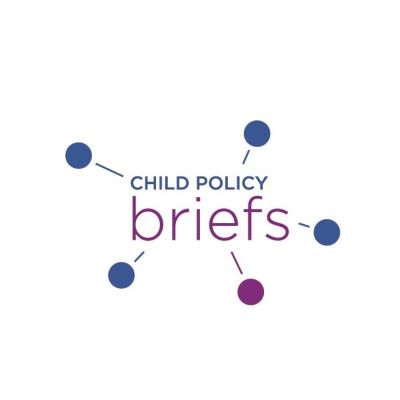Components
Image

How This Impacts Children's Development
Description
The impacts of poverty on children oftentimes persist into adulthood. Children living in poverty have the worst health, lower language and cognitive skills, and lower achievement during school years. As they approach adulthood, they complete less schooling, secure lower-skilled jobs, and are more likely to exhibit criminal behavior.
READ THE BRIEF: Poverty in America: Implications for Children, Programs, and Policy, 2012
Talking Points from the SRCD Briefs
|
Policy Considerations in the Briefs
- If policymakers combine the existing federal income support policies that have shown to reduce child policy with an expansion of the Child Tax Credit from the American Rescue Plan Act of 2021, they could cut child poverty in half, moving 4.5 million children out of poverty.
- The National Academies of Sciences found that an effective policy to reduce child poverty was to replace the pre-pandemic Child Tax Credit with an annual $3,000 per-child allowance, distributed in monthly installments, which was estimated to reduce child poverty by 40%.
- Conditional Cash Transfer (CCT) programs are an approach that has shown success in improving human capital outcomes and reducing poverty.
- Examples in the US include Temporary Assistance to Needy Children (TANF) and programs that provide forms of in-kind assistance that offset some of the need for cash (such as housing subsidies).
- The complexity of the tax system leaves out some low-income families and can lead to eligibility confusion that results in families over- or under-claiming the Earned Income Tax Credit inadvertently.
READ THE BRIEF: Poverty in America: Implications for Children, Programs, and Policy, 2012
